Sunny spring wedding at the Manhattan Marriage Bureau
This sunny spring wedding at the Manhattan Marriage Bureau was everything I could ask for as a wedding photographer. Sweet clients who were up for anything? A visit to some of my favorite locations? Several hours to create portraits? Sign me up anytime!
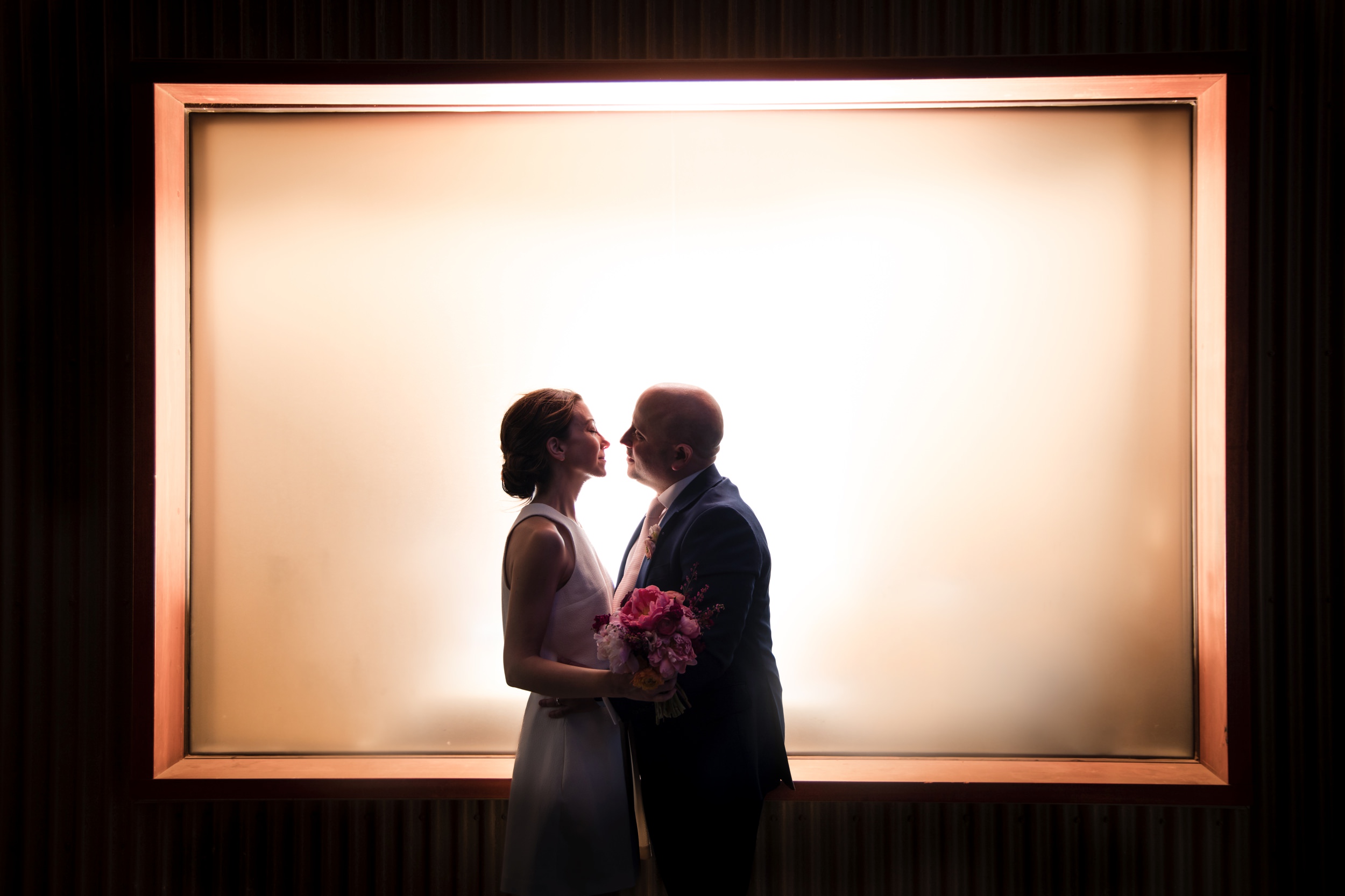
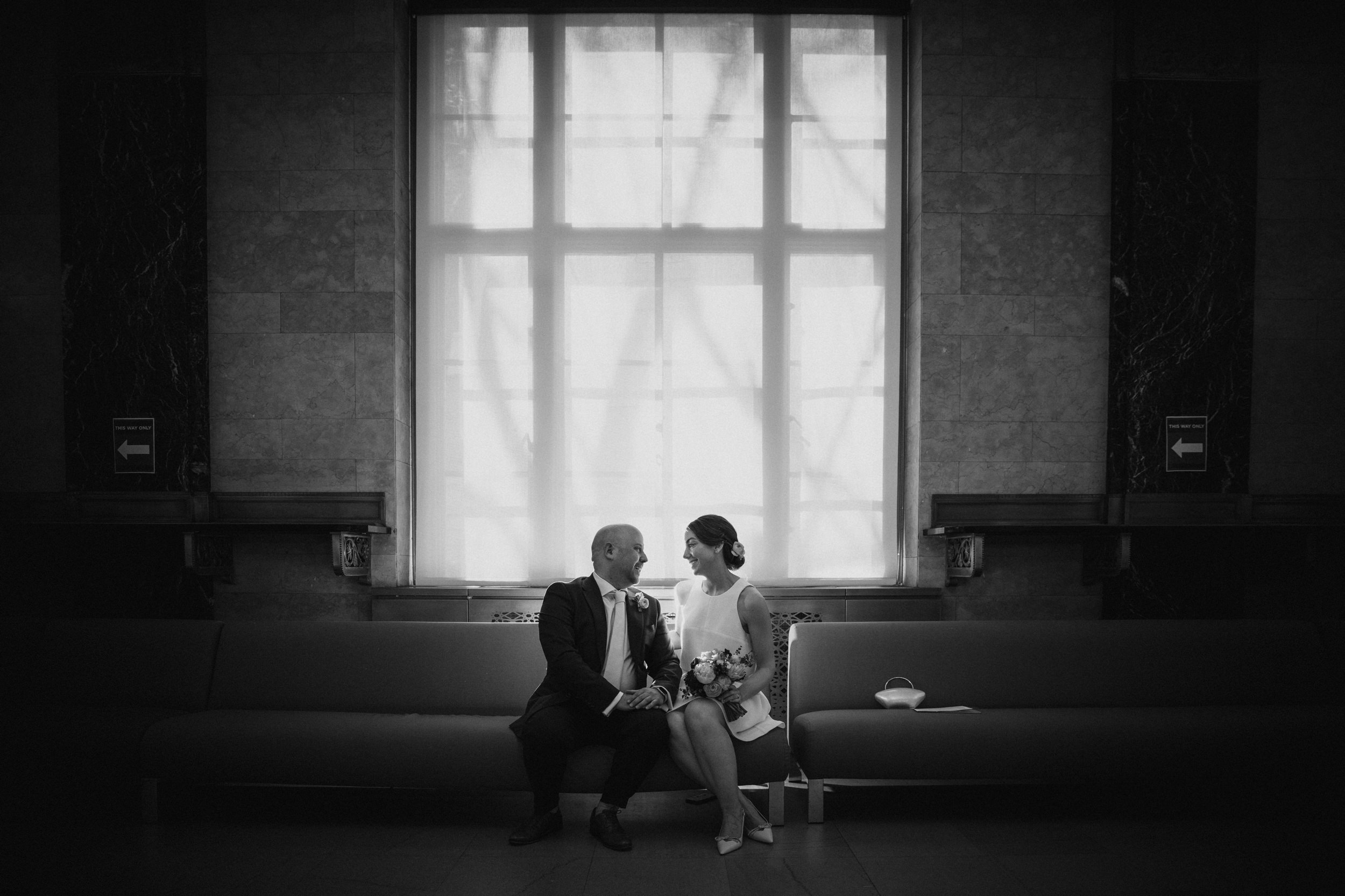
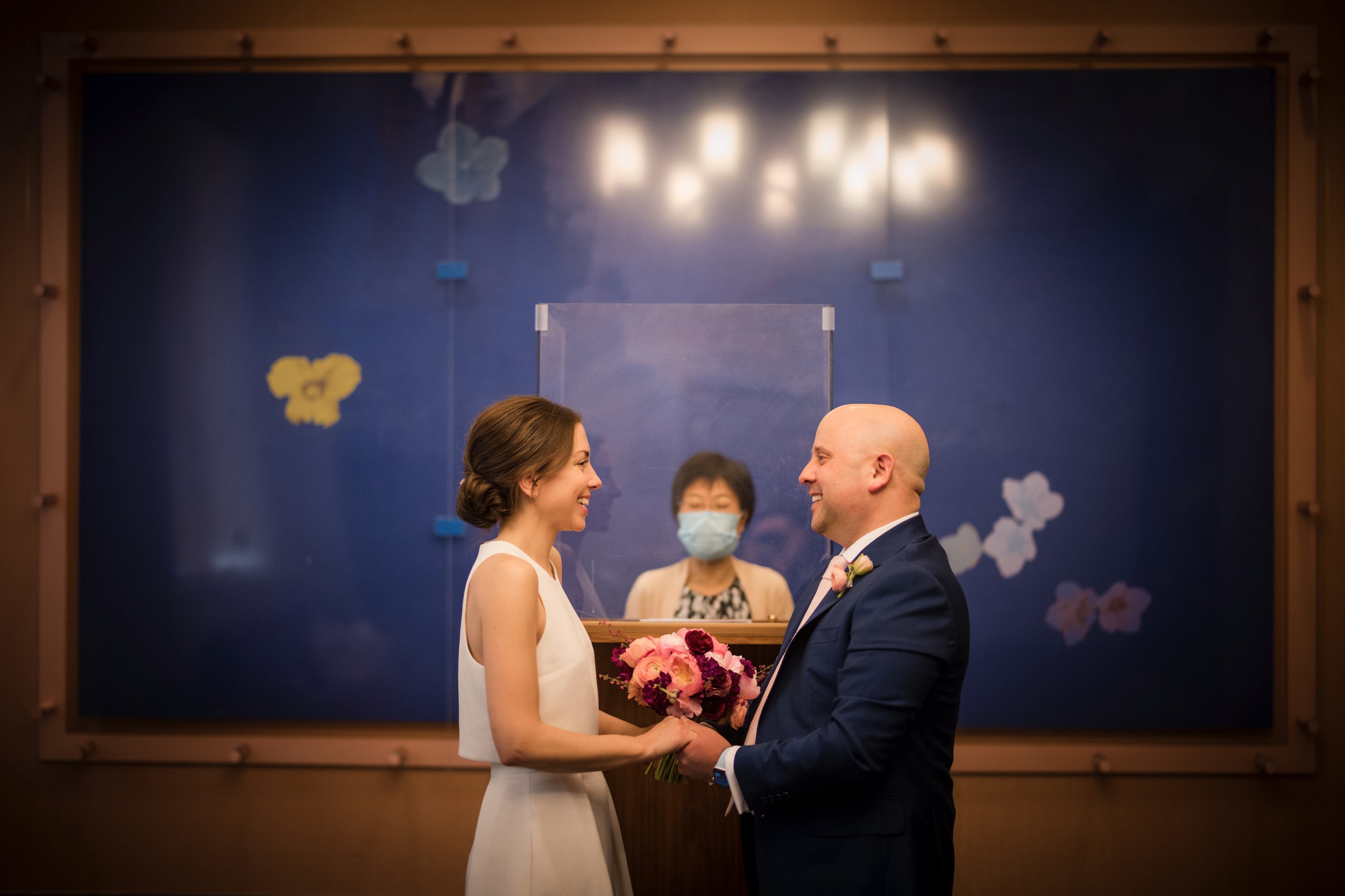
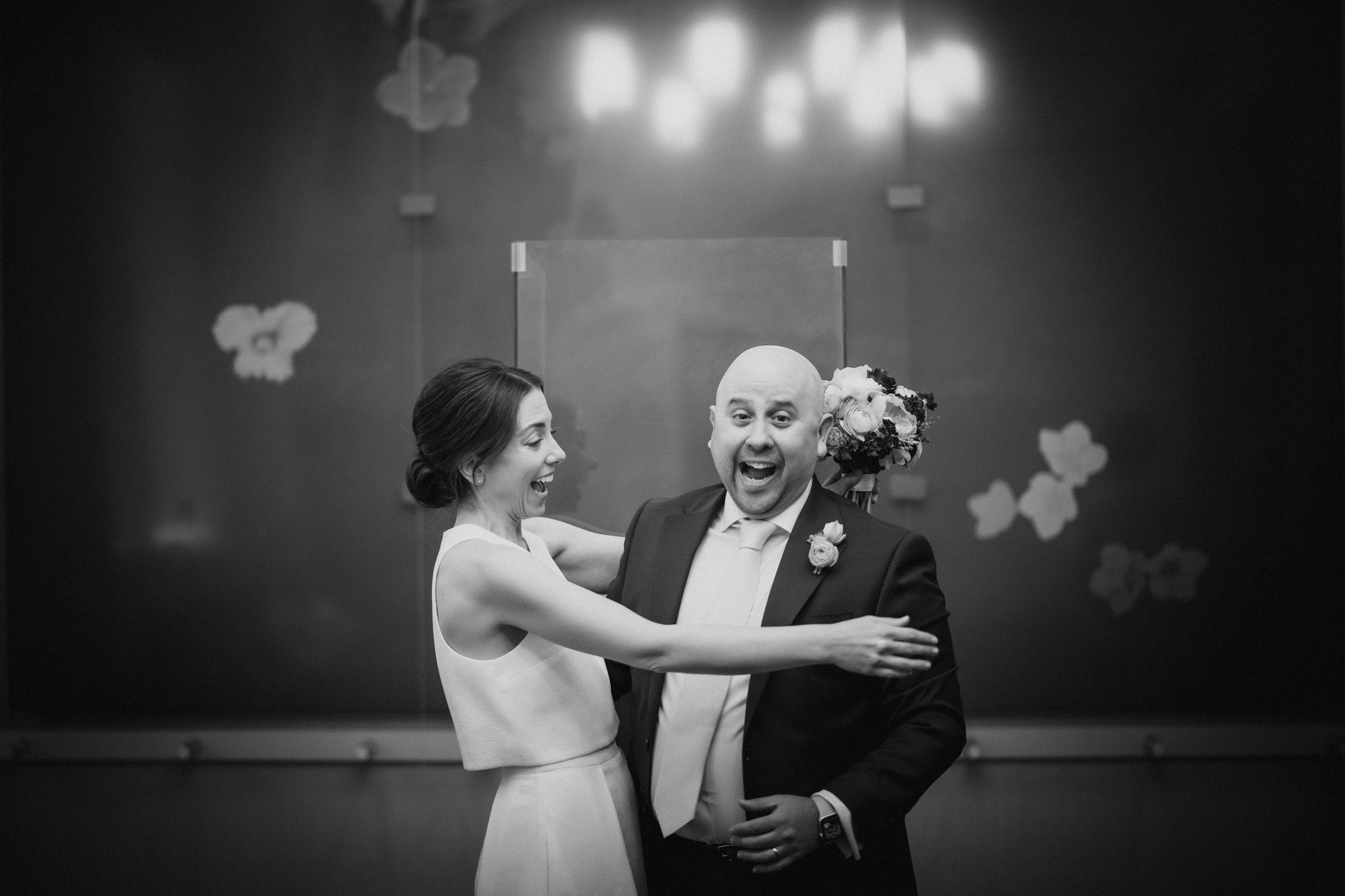
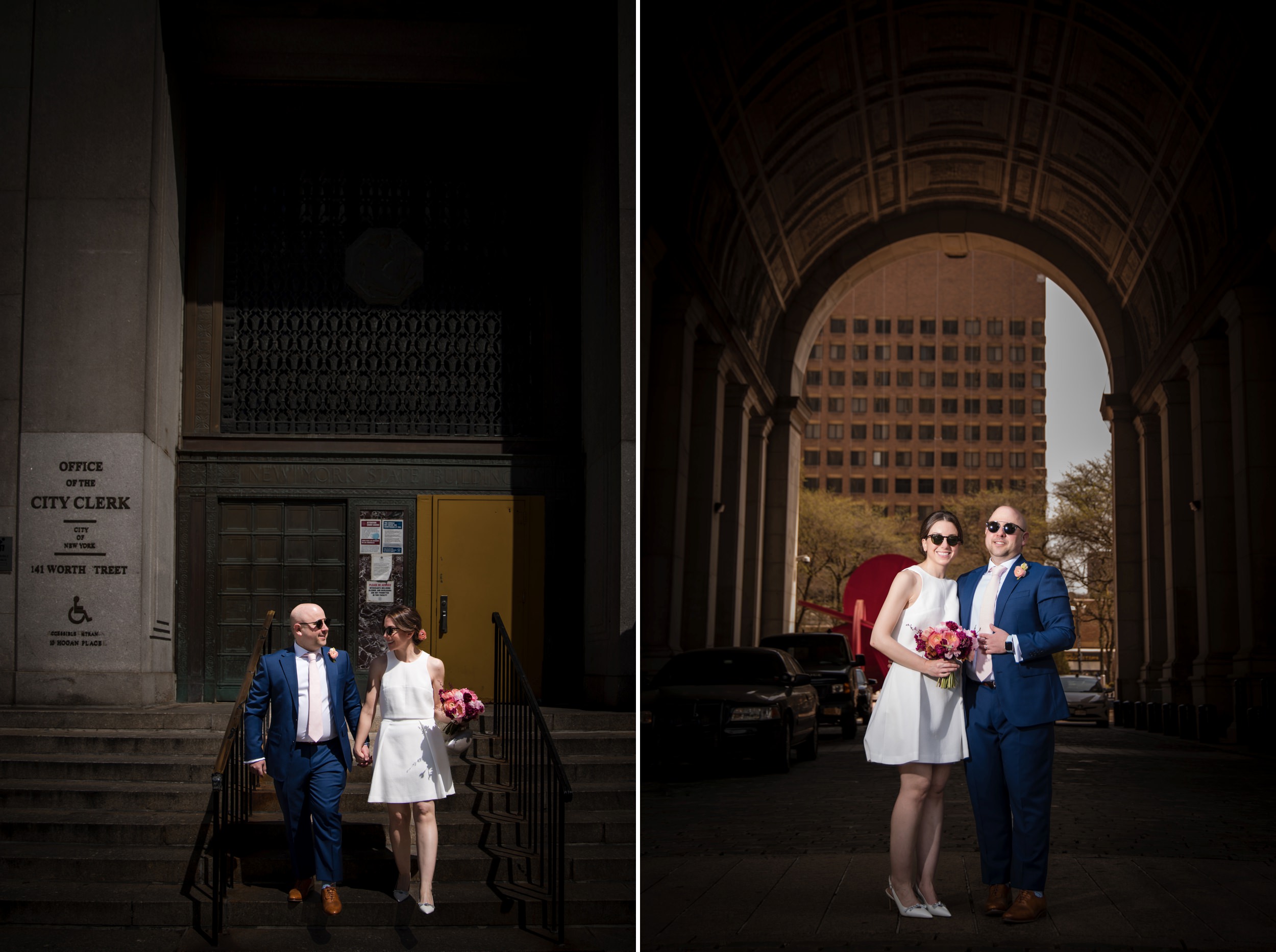
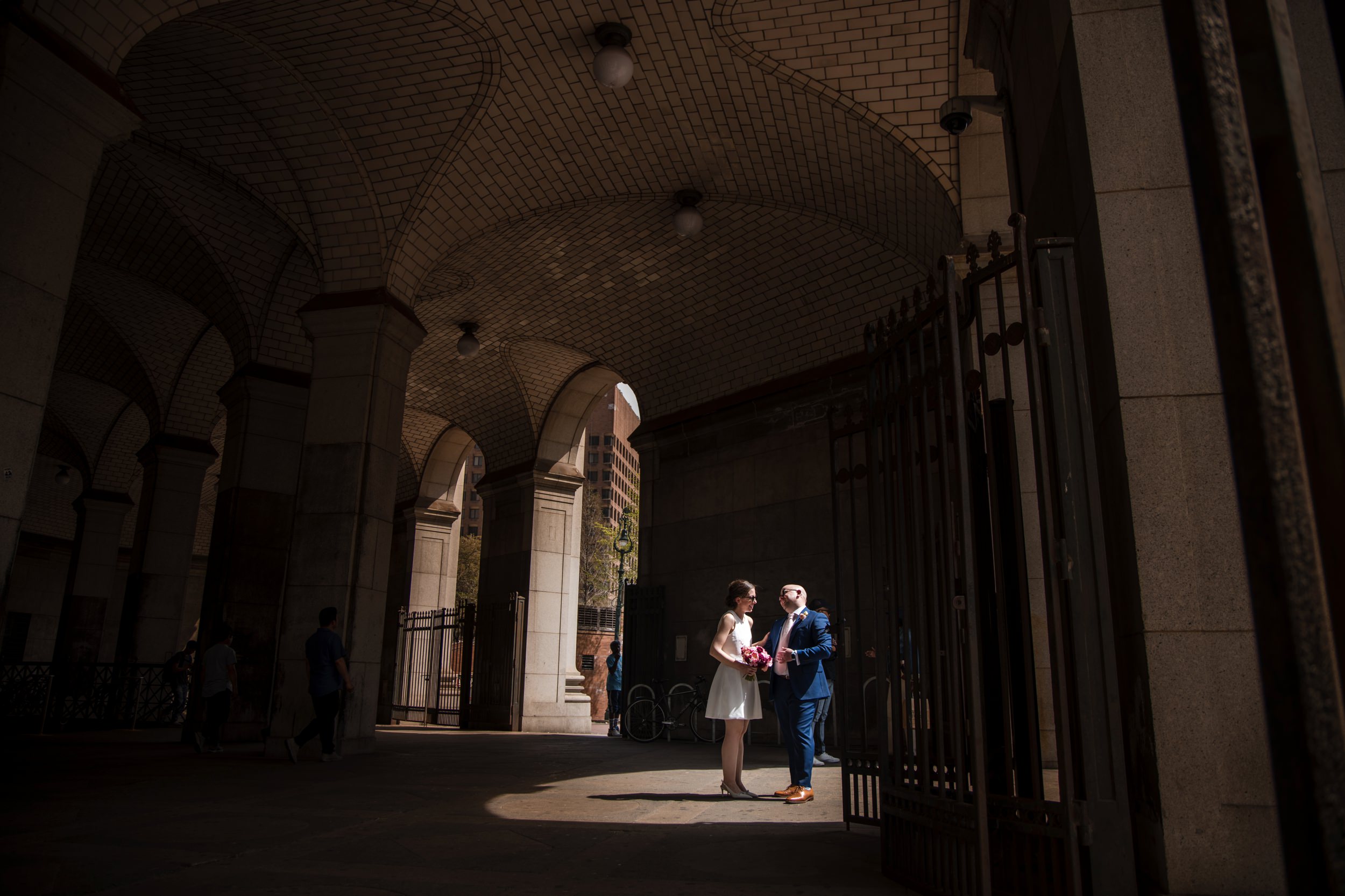
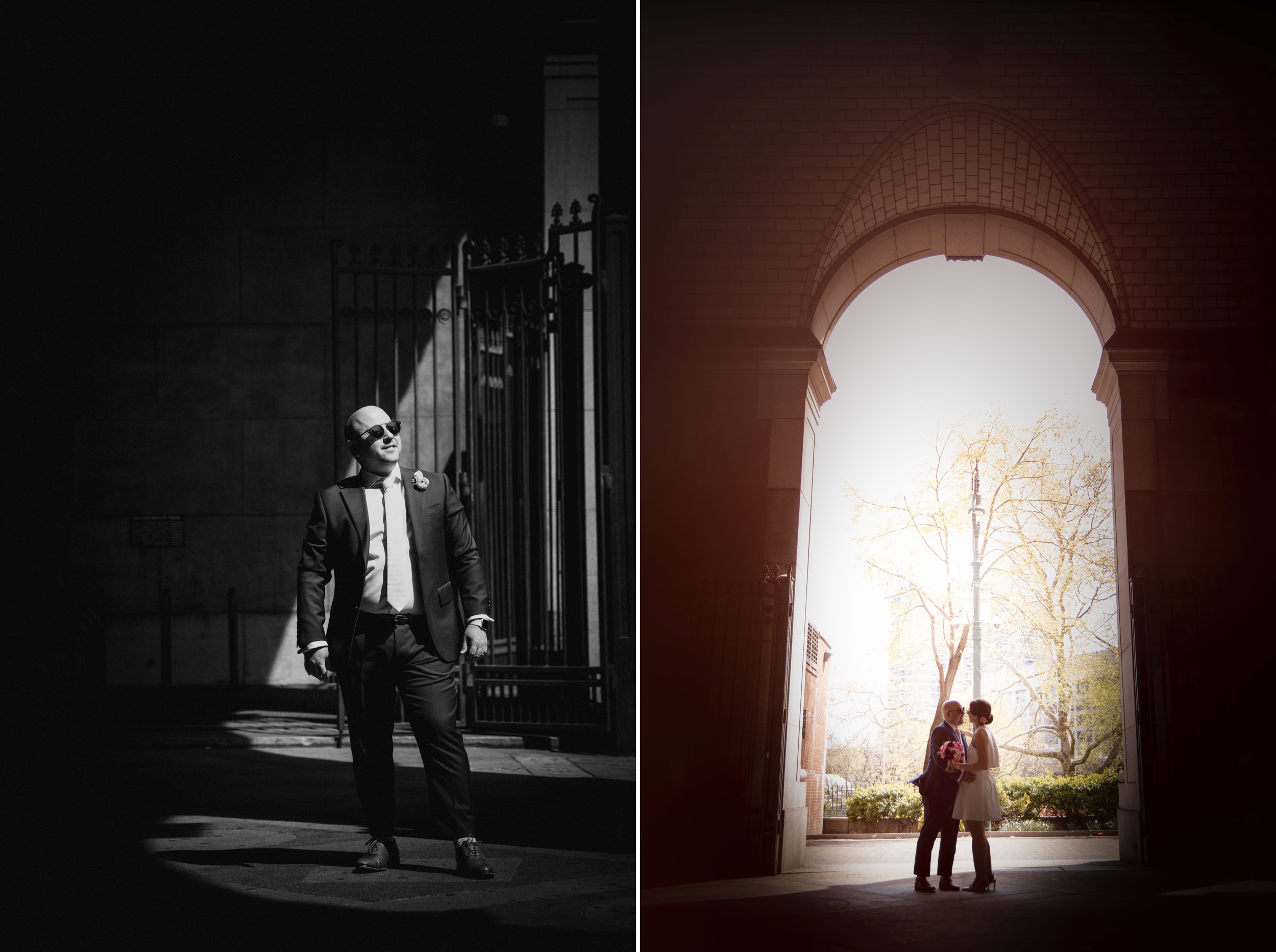
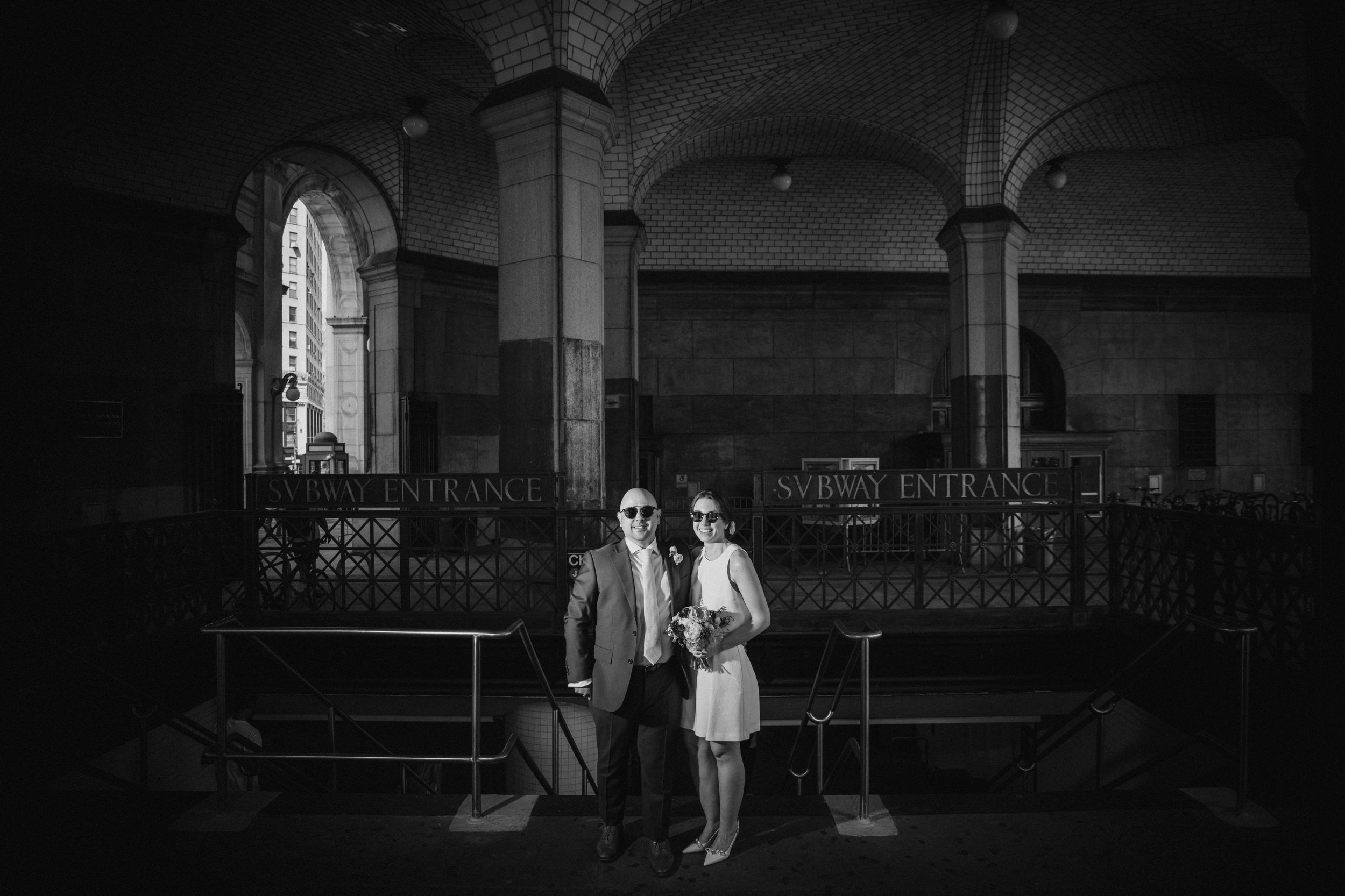
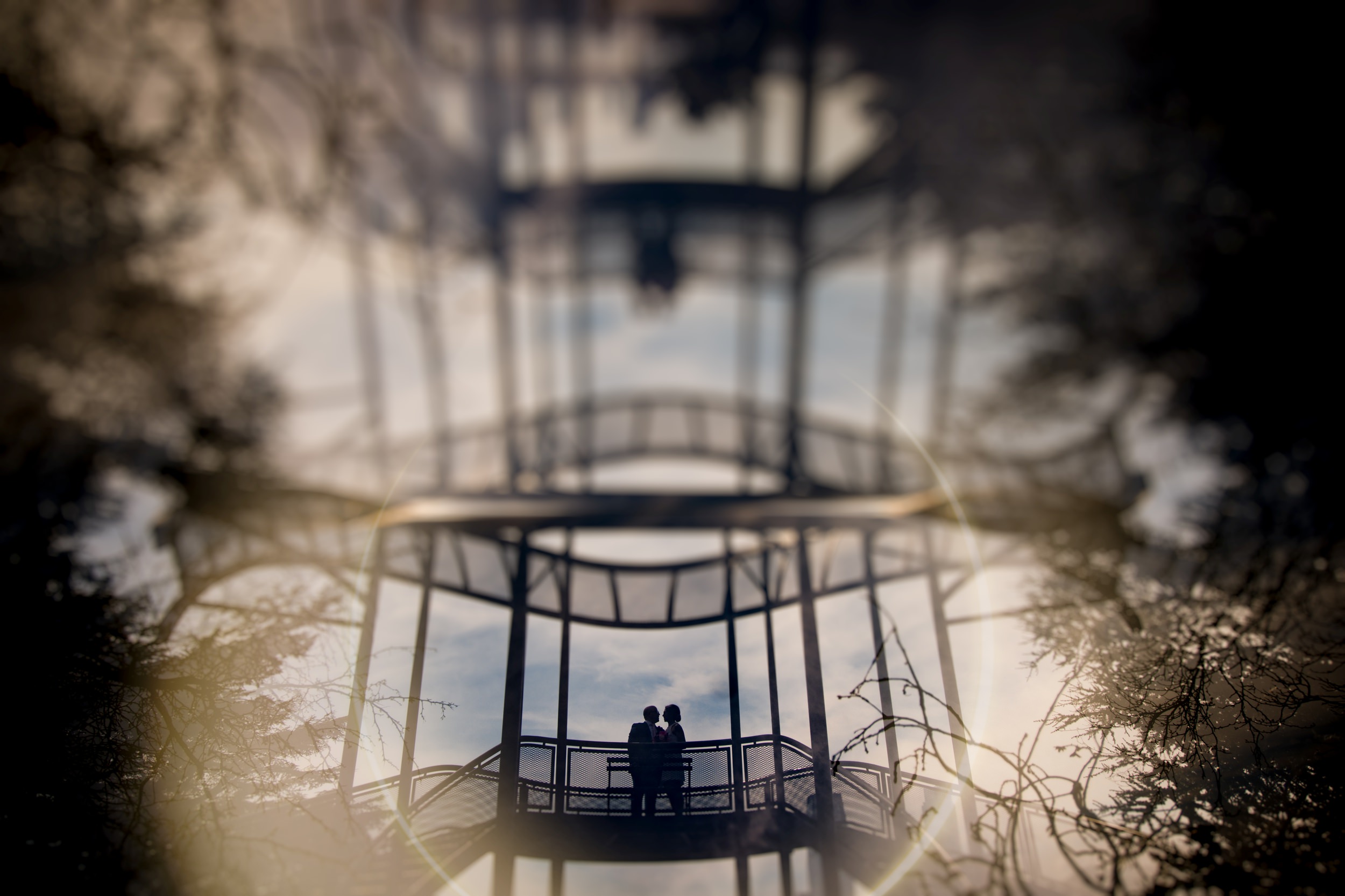
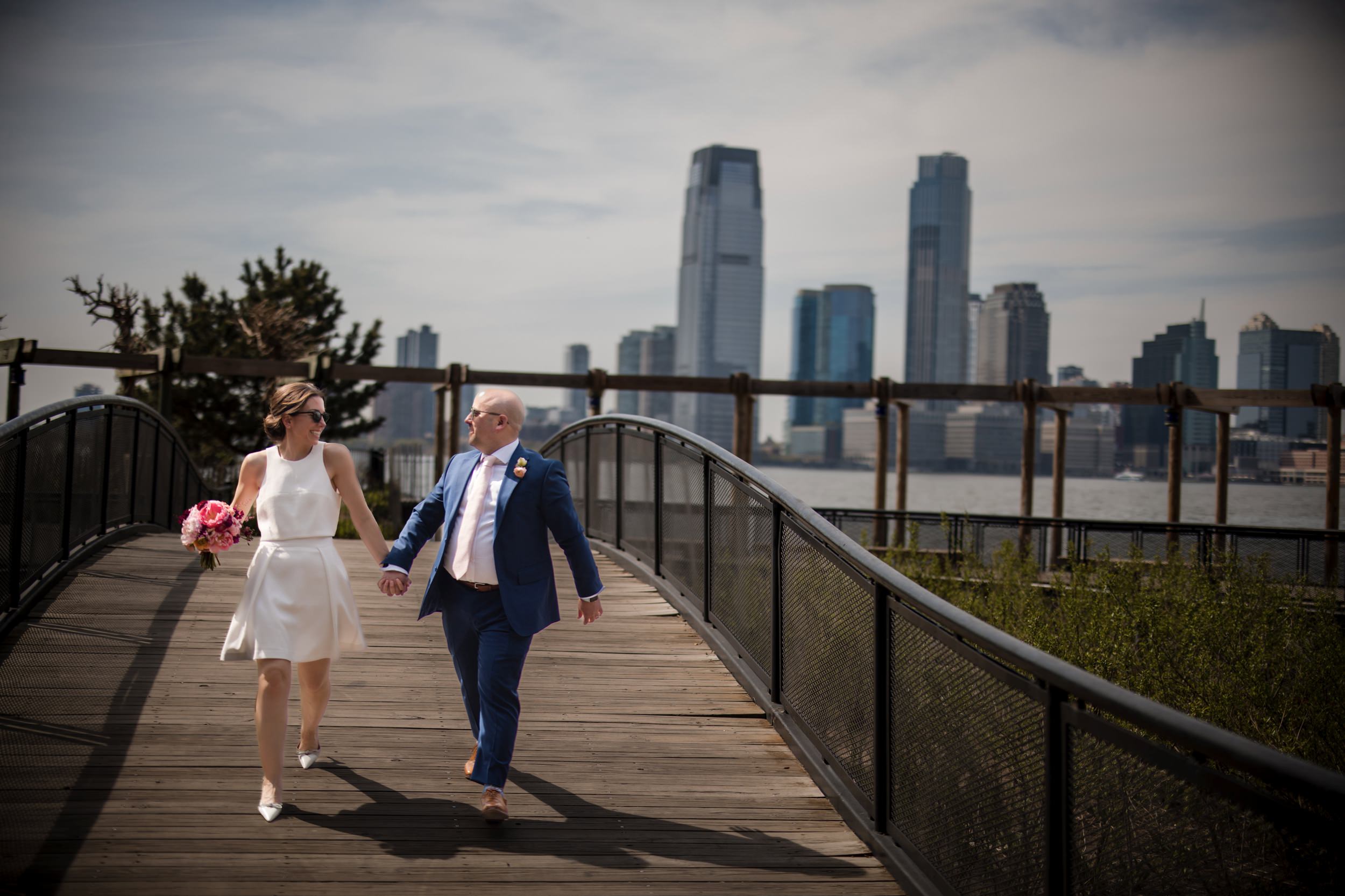
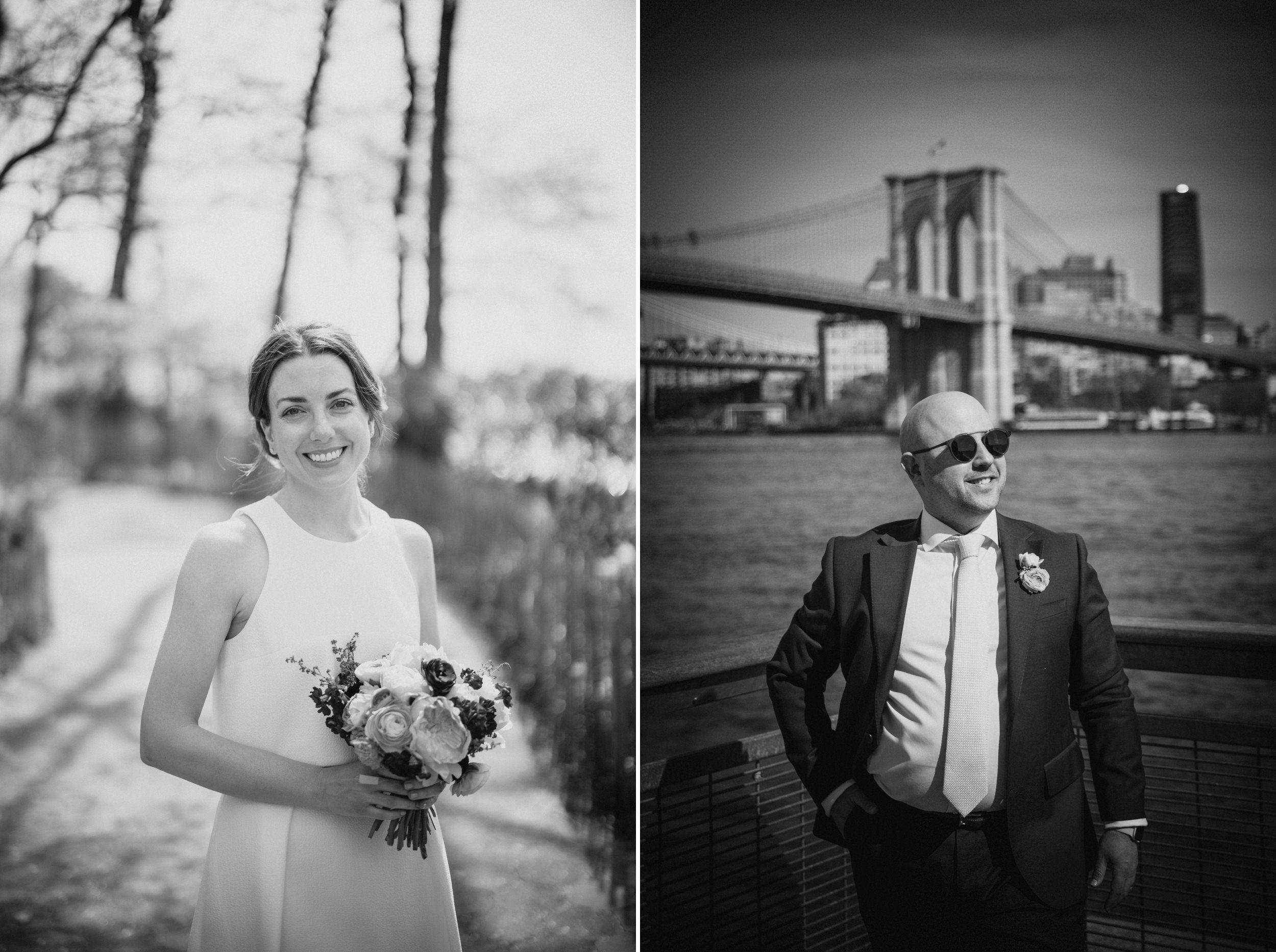
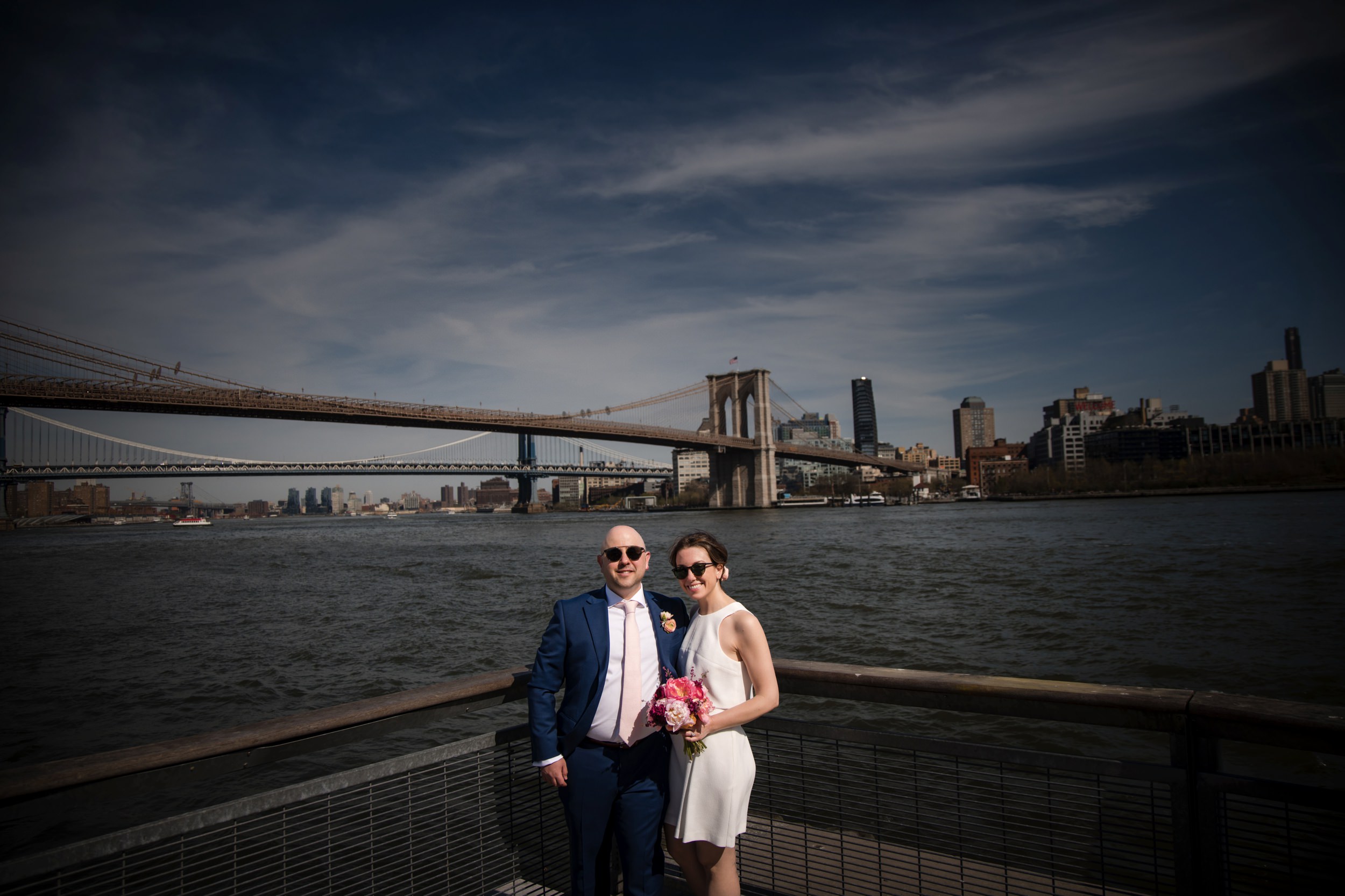
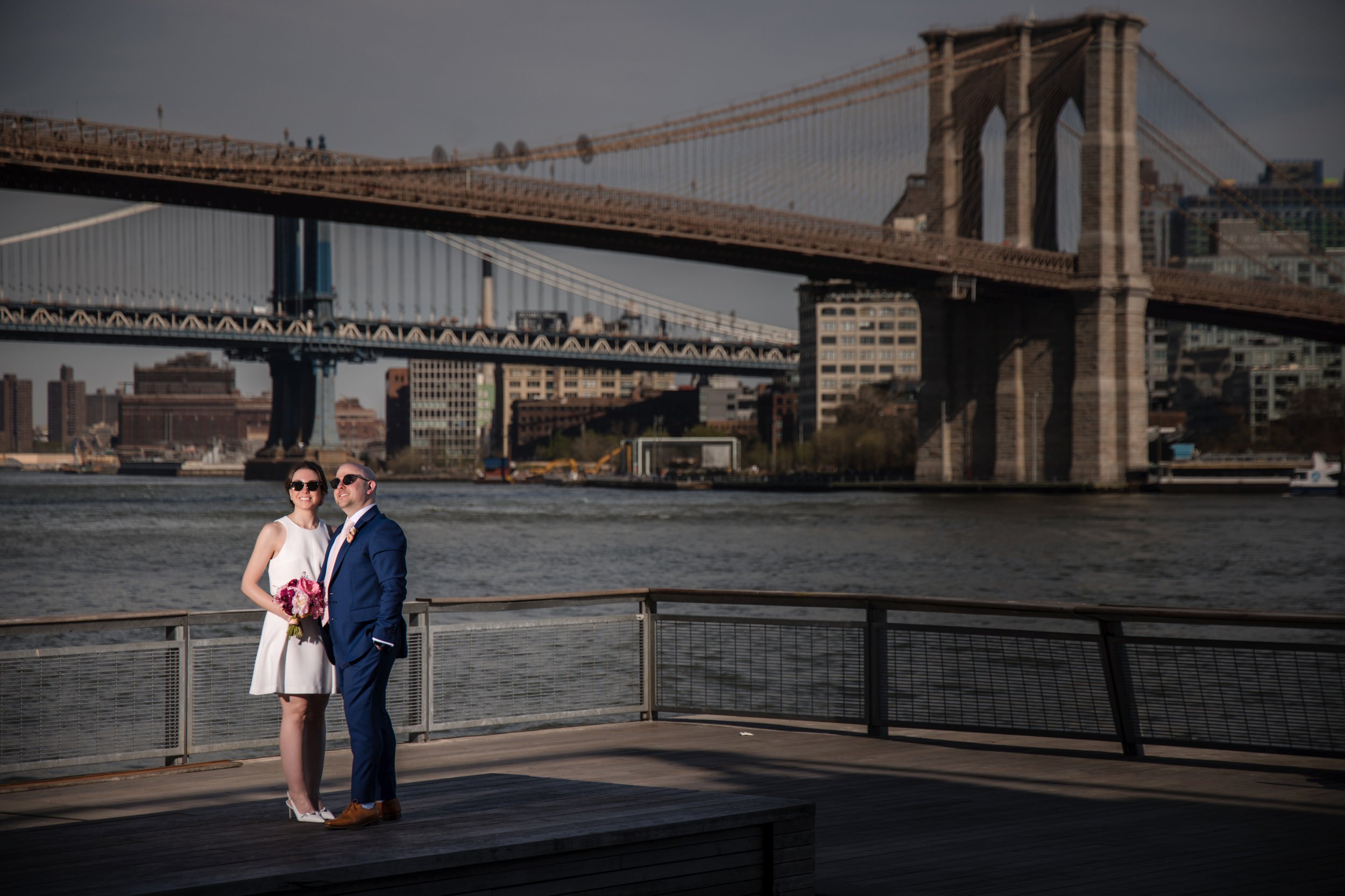
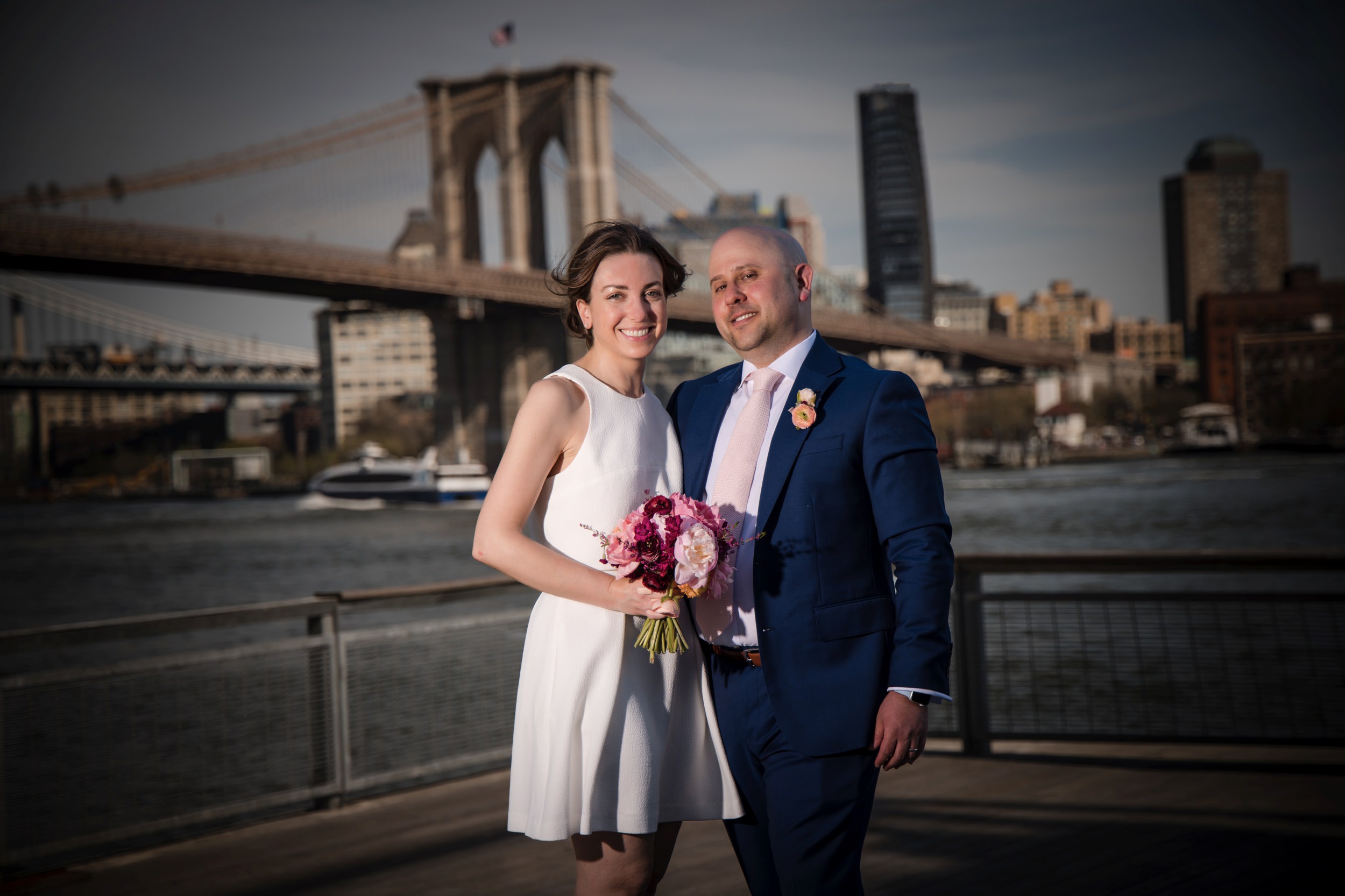
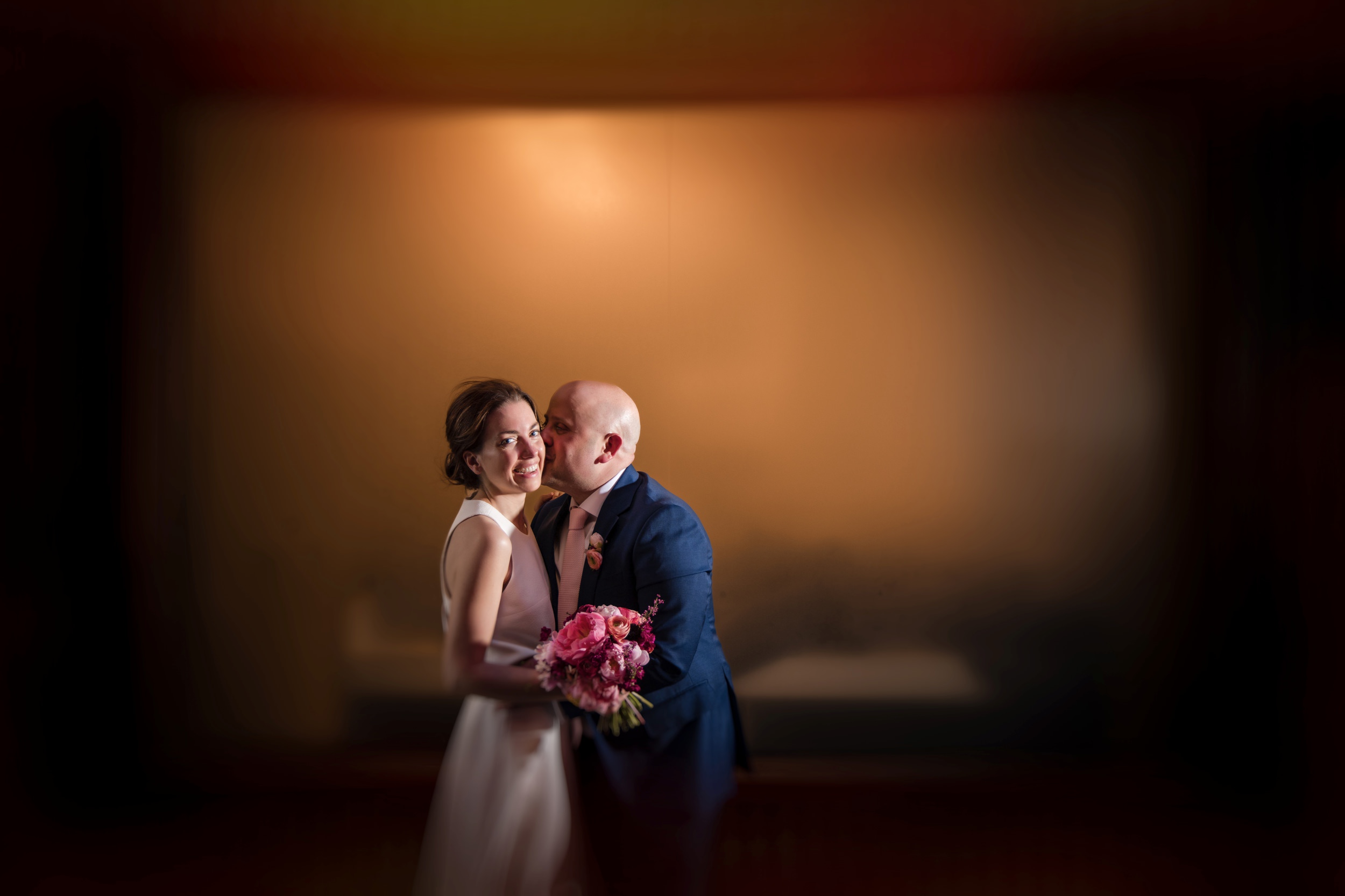 Manhattan Marriage Bureau
Manhattan Marriage Bureau
We started our day at the Manhattan Marriage Bureau, one of my favorite places in the city. It’s a quirky space with a fantastic, only-in-New-York vibe. This bureau has a long history dating back to the late 19th century, serving as the go-to place for New Yorkers and out-of-towners alike to obtain marriage licenses and participate in civil ceremonies.
The Manhattan Marriage Bureau, located at 141 Worth Street, is an important institution for couples looking to tie the knot in New York City. The building is part of the Louis J. Lefkowitz State Office Building, which was completed in 1930. It is a classic example of the Art Deco architectural style, which was highly popular during the time of its construction.
The building’s exterior features a mix of limestone and brick, while the interior boasts an impressive grand staircase, terrazzo floors, and decorative metalwork. The Manhattan Marriage Bureau was relocated to this building in 2009, where it occupies a newly renovated and modernized space designed by the architectural firm Beyer Blinder Belle.
The renovation aimed to create a more welcoming and elegant environment for couples and their guests. The new space includes a stylish waiting area, private rooms for marriage ceremonies, and a photo booth area with the iconic backdrop of the “I DO” artwork by pop artist Stephen Powers.
The Municipal Building
After the Marriage Bureau, we walked over to the NYC Municipal Building to start the portraits of the couple together. I really adore photographing here becasue it’s simply just so uniquely lovely. It also has a fascinating history.
The David N. Dinkins Manhattan Municipal Building, commonly referred to as the Manhattan Municipal Building or simply the Municipal Building, is a significant and historic government building in New York City. Located at 1 Centre Street in Lower Manhattan, the building was completed in 1914 and was designed by the prominent architectural firm McKim, Mead & White.
The building’s architecture is a mix of Beaux-Arts and neo-Renaissance styles, featuring an elegant and ornate design. It has 40 floors and stands at a height of 580 feet (177 meters), making it one of the tallest government buildings in the United States. The building’s most distinctive feature is its iconic 25-foot (7.6-meter) tall statue called “Civic Fame,” which stands atop the central tower. Designed by sculptor Adolph A. Weinman, the statue is made of gilded copper and depicts a woman holding a crown with five turrets, representing the five boroughs of New York City.
The Municipal Building was originally constructed to house various city government offices, which had outgrown the space at the City Hall. Today, it continues to serve as the headquarters for multiple city agencies, including the Department of Citywide Administrative Services, the Office of Payroll Administration, and the Public Advocate’s Office.
The building was renamed in honor of David N. Dinkins, the 106th Mayor of New York City, in 2015. It is an important part of New York City’s architectural and civic history, and it remains a landmark in the Lower Manhattan skyline. It’s also a really, really great place for wedding photos!
The Brooklyn Bridge–City Hall/Chambers Street subway station
After photos at the Municipal Building we walked a few steps over to my secret (well, not so secret anymore!) best-subway-station-ever favorite spot near City Hall.
The Brooklyn Bridge–City Hall/Chambers Street subway station is a complex of interconnected stations in Lower Manhattan, New York City. It serves several lines of the New York City Subway system, including the 4, 5, 6, J, and Z lines. The station complex is located near several important landmarks, such as City Hall, the Brooklyn Bridge, and the Manhattan Municipal Building.
The station has two primary sections: the IRT Lexington Avenue Line (4, 5, and 6 trains) and the BMT Nassau Street Line (J and Z trains). The IRT section, originally opened in 1904, is one of the oldest stations in the subway system. The BMT section opened later, in 1913. These sections are connected by passageways, making it convenient for passengers to transfer between the different lines.
The Brooklyn Bridge–City Hall/Chambers Street station has several entrances and exits that provide access to various nearby destinations. Some of these exits are connected to the nearby City Hall Park, the Manhattan Municipal Building, and the entrances to the Brooklyn Bridge pedestrian walkway.
The station’s architecture and design reflect its age and history, with features such as mosaic tilework, ornate metalwork, and vaulted ceilings. The station has undergone renovations and improvements over the years to maintain its functionality and appearance.
For such a busy space it’s always surprisingly lovely and easy to photograph it with a seriously private, old-world vibe.

